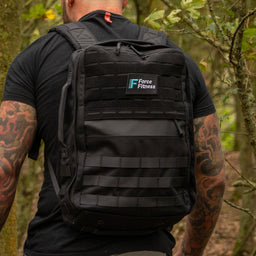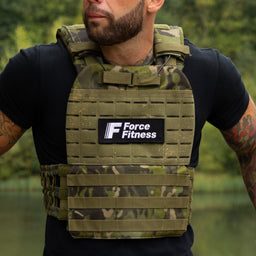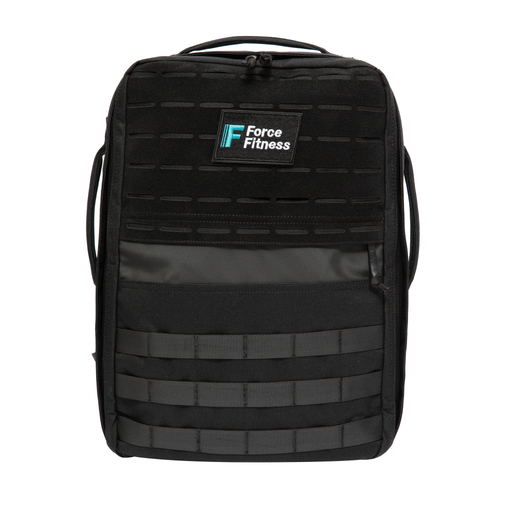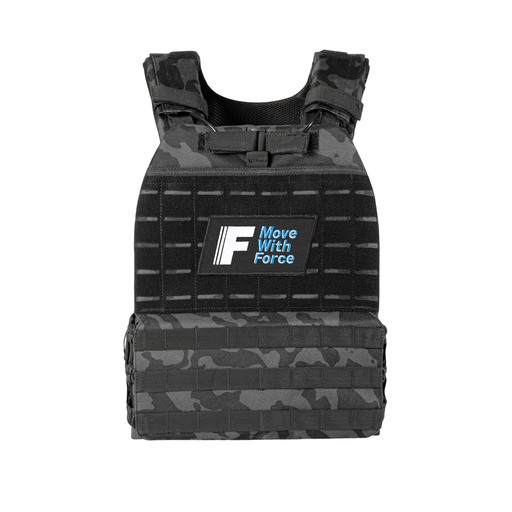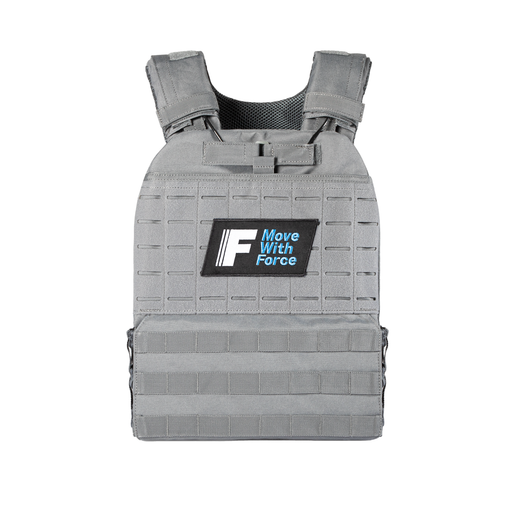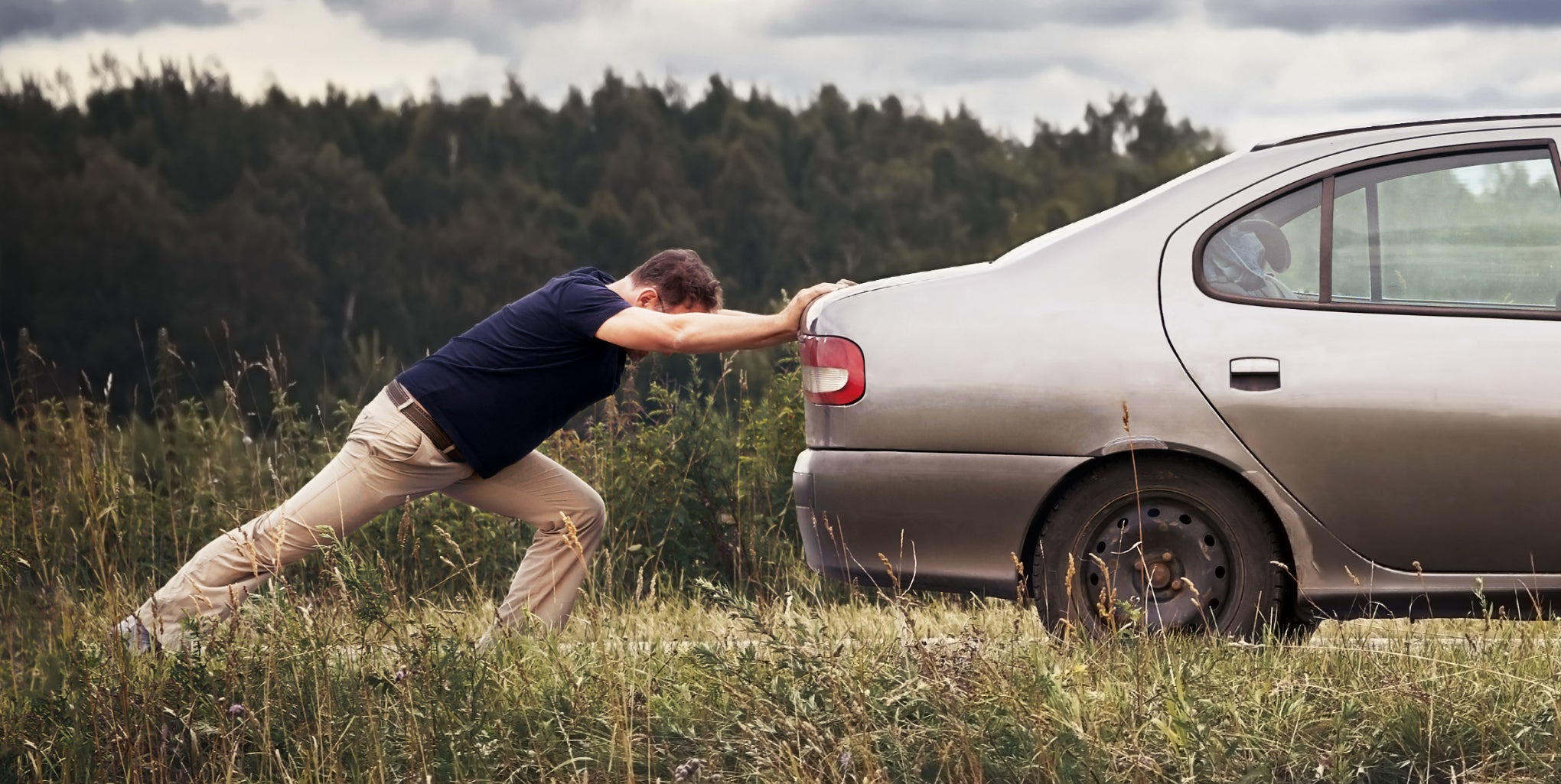
How To Train To Be The Hero In 7 Real-Life Situations
Training for the long haul isn’t about what you look like in photos. It’s about being the first person to step forward when life needs more from you. Functional training feels good at the time, and has one major bonus – preparing you for the moments that matter. Here’s how to train for serious situations when being strong isn’t an option.
How to become everyday elite
Being “everyday elite” means training to be capable, reliable, the one person who can make a difference when the time comes. It's about training for functional power, endurance, and resilience that’s useful in real situations. We asked the Force team to think about times when a person might be called on to rescue, help out, or save the day. Here are 7 emergency situations, and how you could train for them. Because if you’re training anyway, why not make it count?
Real-life situations that can be saved with functional strength
1. Pulling someone from a burning building
What it takes:
Full-body power, grip strength, leg drive, and the ability to generate force whilst possibly not being able to see your way forward.
How to train:
Focus on weighted carries under fatigue and loaded movements that challenge your balance and coordination. Practice bear crawls and low carries to simulate moving through confined spaces.
Kit to use:
Weighted vest for loaded carries, sandbags for awkward lifting, dead hangs and other holds for grip strength, and a weighted ruckpack for weighted crawling movements.
2. Lifting a motorcycle off an injured rider
What it takes:
Deadlift strength with the ability to generate power from awkward positions, core stability, and strength to maintain control of a heavy, unbalanced load.
How to train:
Deadlifts from various heights and angles, weighted carries with uneven loads, and single-arm pull exercises. Practice lifting heavy objects from the ground while maintaining form.
Kit to use:
Sandbags for uneven lifting, weighted backpacks for asymmetrical loads, and resistance bands for grip strength development.
3. Carrying an unconscious person to safety
What it takes:
Full-body strength endurance and functional strength patterns that allow you to move efficiently with an awkward load.
How to train:
Progressive loaded carries over increasing distances and exercises that build strength endurance not maximum strength. Practice different carrying positions and transitions.
Kit to use:
Weighted vest for endurance carries, sandbags for partner carries, and a heavy rucksack for building carrying capacity.
4. Breaking down a door in an emergency
What it takes:
Explosive hip power, shoulder stability, and the ability to generate max force repeatedly.
How to train:
Weighted hip thrusts, explosive push-ups, and exercises that develop power through the posterior chain. Practice controlled impacts and focus on generating force through your legs.
Kit to use:
Resistance bands and slam balls for explosive movements, weighted vest for power development, and battle ropes for explosive, repetitive movements.
5. Climbing a fence in an emergency
What it takes:
Upper body pulling strength, explosive leg power to jump and climb, and grip strength to maintain hold.
How to train:
Weighted pull-ups, rope climbs, and explosive jumping exercises. Practice transitioning from vertical pulls to getting your body over obstacles.
Kit to use:
Weighted vest for pull-ups, resistance bands for explosive movements, and a rucking backpack for weighted climbing practice.
6. Pushing a car out of flood water
What it takes:
Sustained leg drive, core stability, and strength endurance to maintain effort against heavy resistance.
How to train:
Sled pushes with increasing resistance, wall sits with forward lean, and exercises that build pushing power through the legs.
Kit to use:
Weighted sled for pushing exercises, weighted vest for sustained effort training, and sandbags for awkward pushing movements.
7. Carrying your family’s luggage up broken escalators
What it takes:
Grip strength, leg strength for loaded stair climbing, and core stability to maintain posture with uneven loads.
How to train:
Farmer's walks with increasing weight, weighted stair climbing, and exercises that challenge your grip strength.
Kit to use:
Multiple farmers walk handles, weighted vest for stair climbing, and resistance bands for grip strength training.
Training for function builds everyday heroes
These situations aren’t too hard to imagine. You’ve probably been involved in at least one of them. These are the moments where your training either serves you - or fails you (and those around you).
Becoming everyday elite means accepting that your fitness should serve others, not just yourself. It's about building the kind of strength that makes you reliable, capable, and ultimately useful.
The best part about training for function is that it can be used for the best moments in life as well as the emergencies. If you’re strong enough to carry an injured person, you’re also strong enough to help friends move house or remodel their garden.
Train to be the person others can count on. That’s when you’ll become everyday elite.
